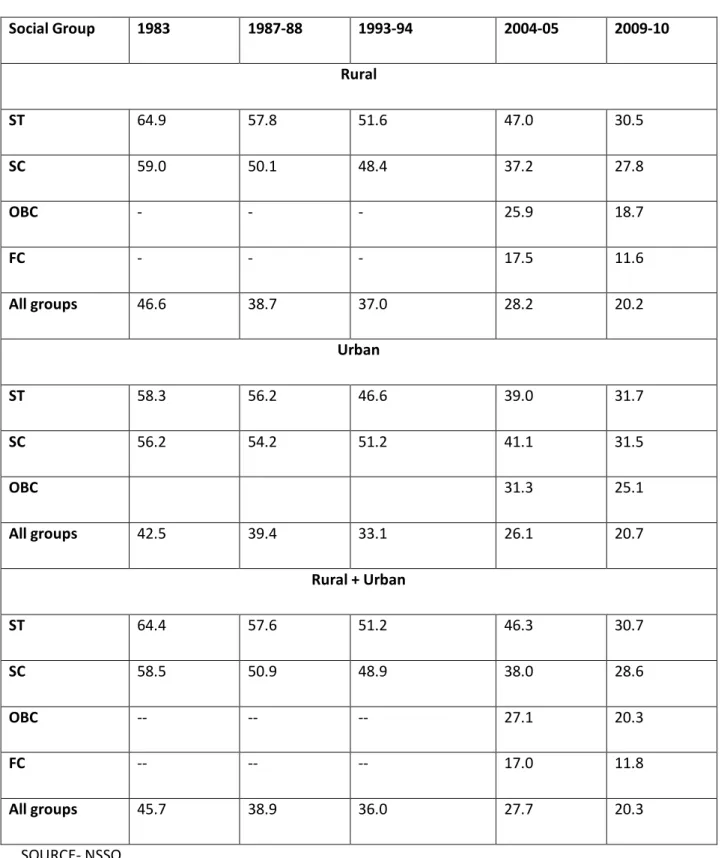A Poverty Analysis in India
Full text
Figure




Related documents
Each pair was also written with the explicit intent to compare and contrast, in the contexts of their references to either race or privilege, the ways in which race enters
A series of statistical and machine learning models are fit to data from a U.S.- based equity crowdfunding website, including a logistic regression, a CART decision tree, a naïve
improves the water-holding capacity of sandy soils. As a point of clarification, plants on sandy soils do not use more water than plants on clayey soils. With the limited water
needs access control means to protect its HCPs from accidentally accessing data in an illegal way (e. because the data controller in country A allows for an access that is forbidden
(...) The various functions of ehealth [are]: (...) reference (electronic publishing, catalogues, databases); self- help/self-care (online health information, support groups,
From the view of an OSS intermediary like CampusSource it is also interesting to see that successful product adoption may also lead to a role switching effect: The modification
The following senior students were selected for membership in the Elizabeth Abbott Chapter of the Na- tional Technical Honor Society for 2015: Wendy Appel- mann,
3) Non availability of instructional materials, lack of funds, electricity and no encouragement by government constitutes major constraints to teachers' use of